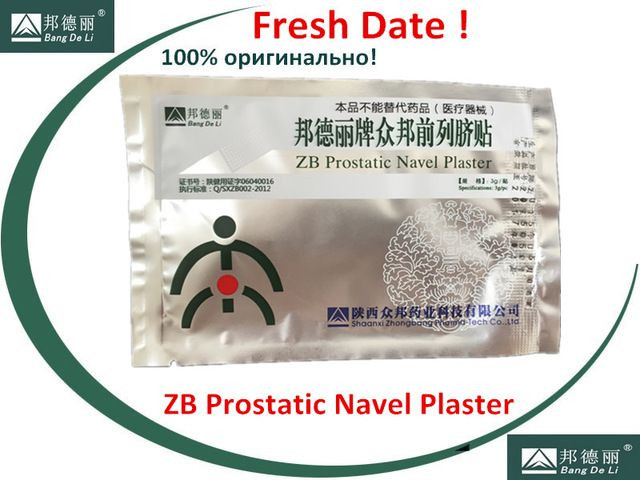Urological plaster claims solving impotence, erectile dysfunction problems

There appears to be another medical scam on the Internet claiming to cure impotence, erectile dysfunction (ED) and other prostate-related problems by using a urological patch. The dubious product is tied to two Web sites, one a blog and the other a marketing page.
The blog is supposed to be authored by a certain Rodrigo Sumulong who claims he developed the first symptoms of prostate hypothermia nine years ago. Sumulong says he later developed prostatitis and felt sharp pain in the crotch, had trouble urinating but felt the urge to pee, although he could not fully empty his bladder.
He says he tried different treatments for eight years such as massage, antibiotics and alternative medicine. The blogger says he improved his potency and overcame chronic prostatitis using a urological plaster called ProstaPlast.
Sumulong’s blog’s name is www.prostateguiding.com.ph, but the nine other blog posts on the same page which has different titles such as “Where to go for a holiday?,” “I made a bet today!” and “That was a bad day…” all will lead to the product page of ProstaPlastasia which advertises the transdermal urological plasters.
However, checking the claims on that Web site are red flags to further verify.
First, it claims that the medical faculty of the University of Amsterdam allegedly conducted extensive clinical tests of ProstaPlast in 2013 with over 1,000 men with various urinary problems allegedly participating for three weeks. The site claims 95 percent of the men with the condition improved after several days of using the plaster. A check with the University of Amsterdam’s Web site (http://www.uva.nl/home) yielded negative results for ProstaPlast or urological plaster.
Second, the Web site cites Dr Nathan Horton, an alleged urologist, as claiming his patients recovered rapidly after using the plaster. The only Nathan Horton who shows up in a Google search is a Canadian professional ice hockey player under contract with the Toronto Maple Leafs.
Third, the Web site has a screen cap of an alleged CNN report under a Breaking News category titled Urological Patches, but a YouTube search also yielded no such report. It also claims that several male celebrities, such as Bruce Willis, Bill Murray and Bradley Cooper, are users of the patch which is applied to any part of the navel area.
The portal claims that body part has a high number of blood vessels under the skin. The patch allegedly delivers the blood saturated with the healing elements in the plaster to the genitourinary tract. Body heat warms up the patch and causes the plaster’s active ingredients to begin melting, causing the skin to absorb the ingredients into the blood vessels, the Web site claims.
Only Newswire, a site for press releases, published an article about the plaster on Jan 12. ScamAnalyze, in its review of the portal, says it has “No Rating Reputation” because it looks like a new Web site, but gave it a “Risk” in its Trust Rating. Another review site, MMODM, gave it a 0/5 rating based on zero customer review.
The Chinese e-commerce site AliExpress sells the products on its Web site, with price ranging from $1.53 to $2.67 (AUD$2.12 to $3.47) per piece, with minimum orders of six to 30 pieces. AliExpress’s parent company, Alibaba, also carries the product under the brand name Bang De Li, priced from 40 cents to $1.25 (AUS$0.52 to $1.63). Both e-commerce sites were investigated before for carrying a lot of fake products.
But Urology Times reports that the application of dehydrated human amniotic membrane (dHAM) as a therapeutic patch covering the neurovascular bundle could have profound effects on the early recovery of men undergoing nerve-sparing, robot-assisted laparoscopic radical prostatectomy. The study, led by Dr Sanjay Razdam, director of the International Robotic Prostatectomy Institute, examined 60 patients who went through surgery for low-volume prostate cancer.
Razdam says the dHAM’s effects came from “a rich trove of growth factors” such as TGF-a and TGF-b that encourage wound healing, bFGF which promotes cell growth and tissue repair, and factors such as EGF, PDGF and VEGF that mediate the proliferation and differentiation of cells.
In contrast, the ProstaPatch is supposed to contain extracts from seven healing herbs, namely: bars camphor, cinnamon, ligusticum chuanxiong, achyrantes bidentata, safflower and corydalis ambigua.





















